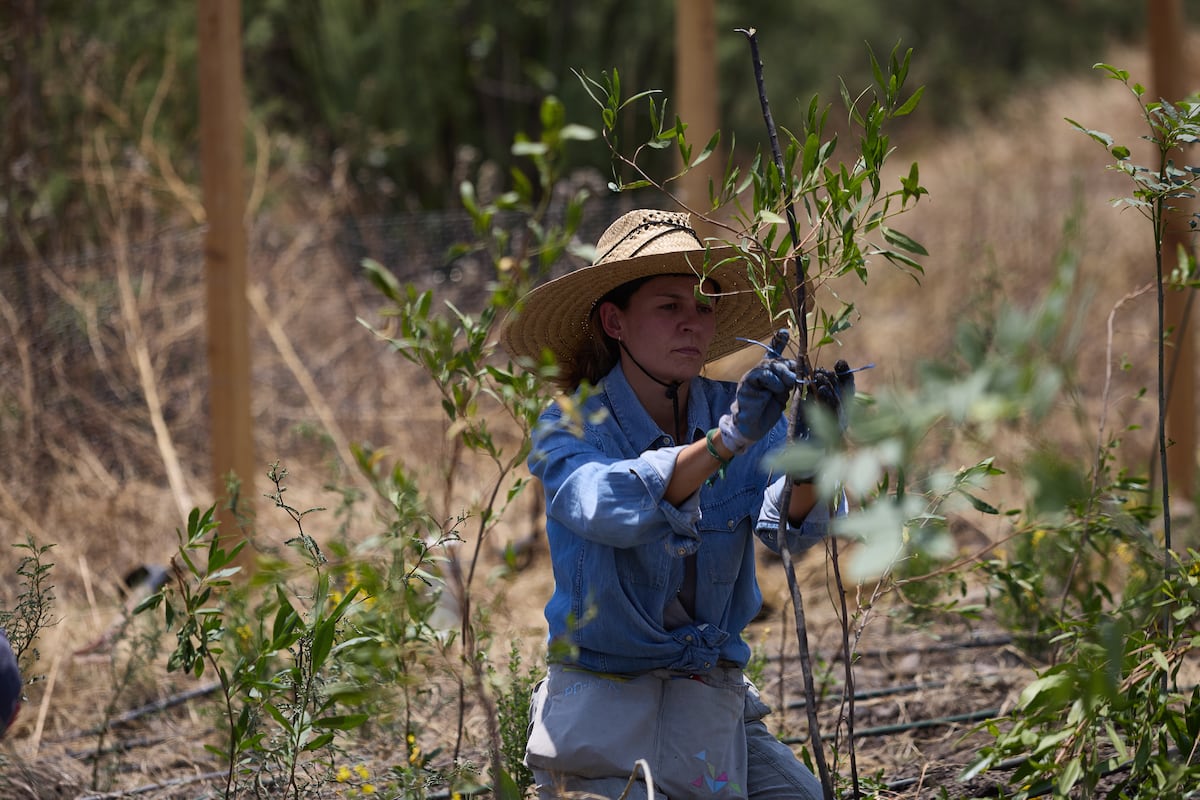
"The concept of satoyama embodies a sustainable relationship between rural communities, forests, and farmland, advocating for harmony between humans and nature."
"In Nezahualcoyotl, urbanization on former wetlands poses environmental challenges, prompting the need for sustainable practices reminiscent of satoyama."
"Akira Miyawaki's method revolutionized urban forestry in Japan, fostering biodiversity and rapid growth in degraded urban landscapes."
"Japan's post-war industrial growth broke the sacred pact with nature, leading to pollution and health crises, which environmental laws later sought to address."
The article discusses the Japanese concept of satoyama, highlighting its importance in establishing sustainable rural environments where communities harmonize with nature. It contrasts this with Nezahualcoyotl, a municipality suffering from environmental degradation due to urbanization. Post-World War II industrial growth in Japan strained its natural resources, resulting in pollution and health issues prompting a shift toward environmental regulations. Key to this transition was Akira Miyawakiâs innovative forestation method, which creates biodiverse forests in urban areas, thus offering a solution to combat the negative effects of urbanization and restore balance with nature.
Read at english.elpais.com
Unable to calculate read time
Collection
[
|
...
]